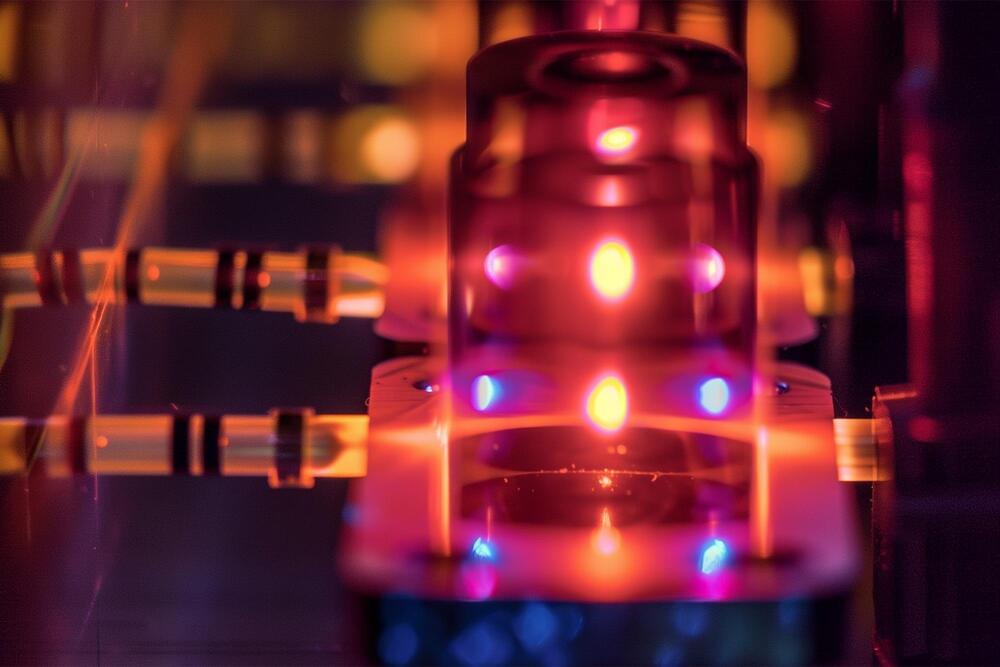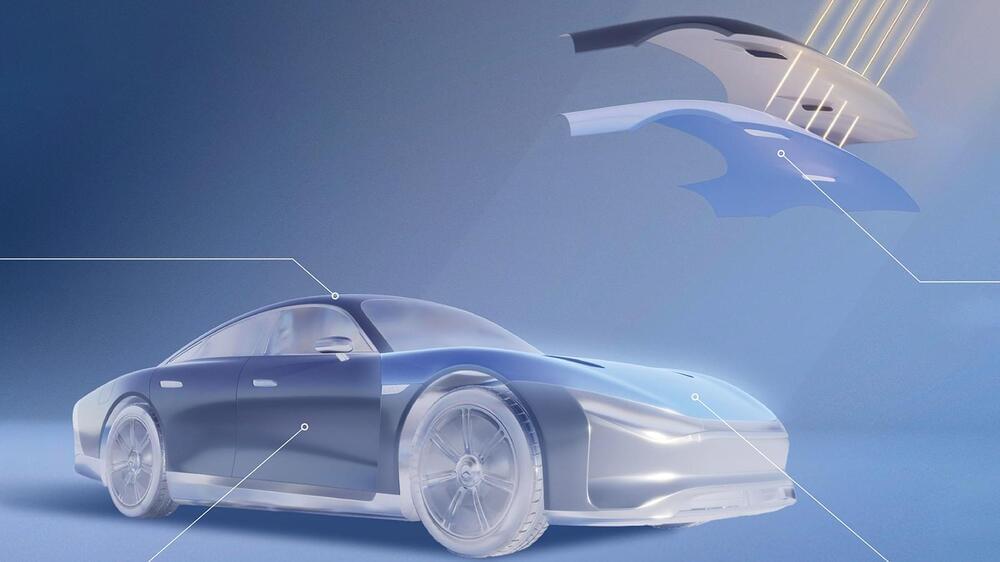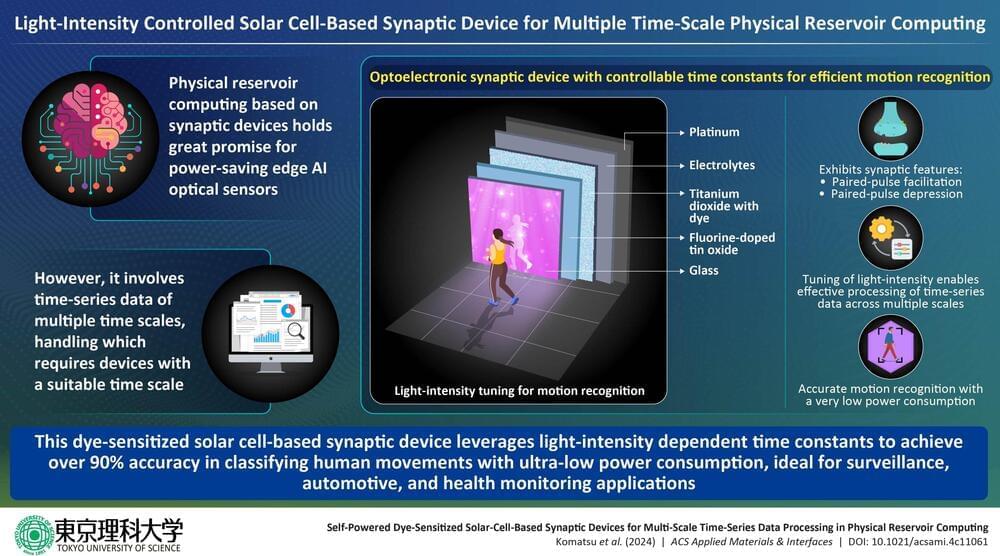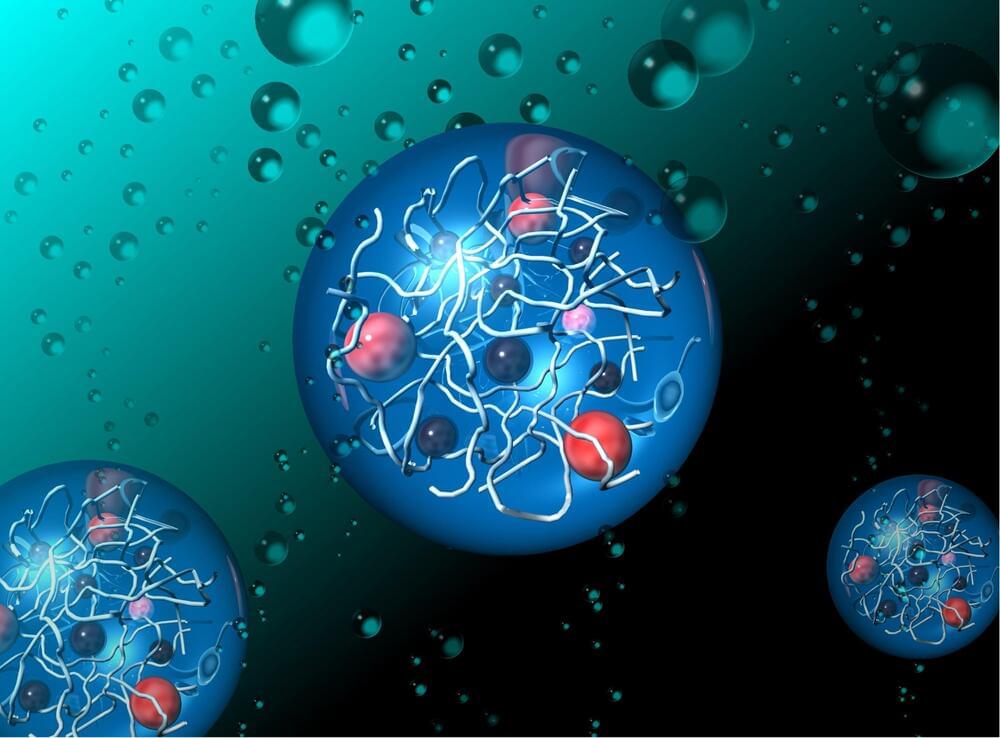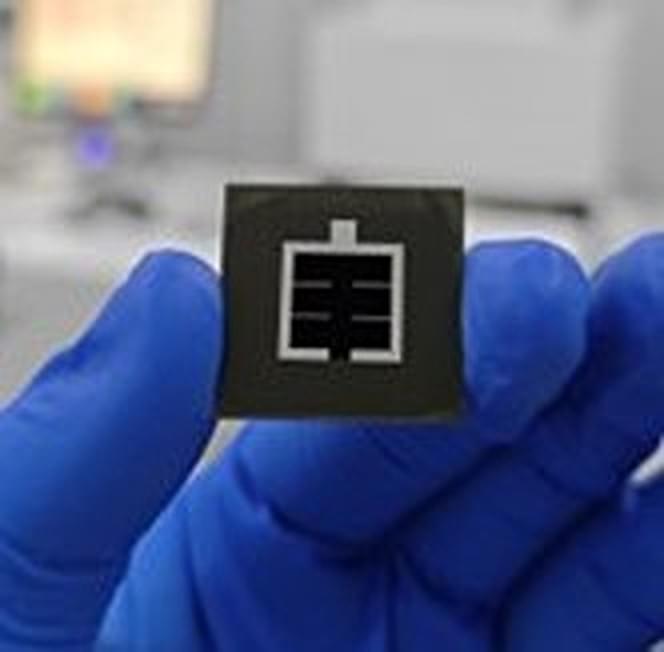The type of semiconductive nanocrystals known as quantum dots is not only expanding the forefront of pure science but also playing a crucial role in practical applications, including lasers, quantum QLED televisions and displays, solar cells, medical devices, and other electronics.
A new technique for growing these microscopic crystals, recently published in Science, has not only found a new, more efficient way to build a useful type of quantum dot, but also opened up a whole group of novel chemical materials for future researchers’ exploration.
“I am excited to see how researchers across the globe can harness this technique to prepare previously unimaginable nanocrystals,” said first author Justin Ondry, a former postdoctoral researcher in UChicago’s Talapin Lab.
